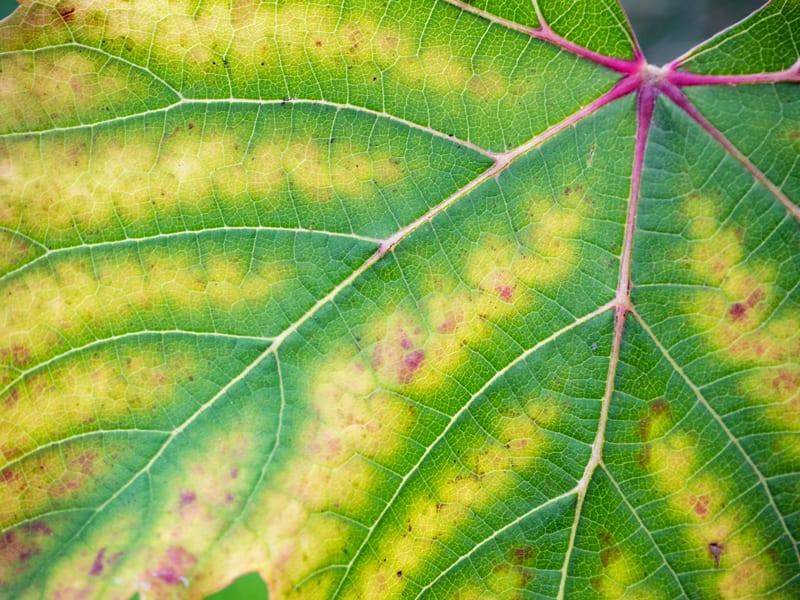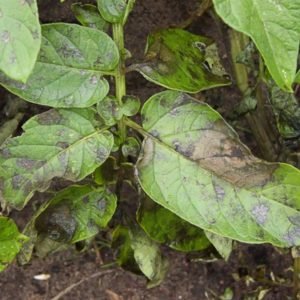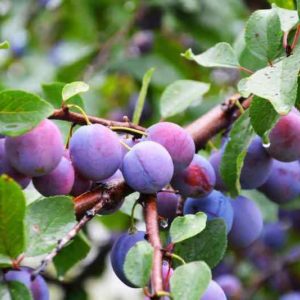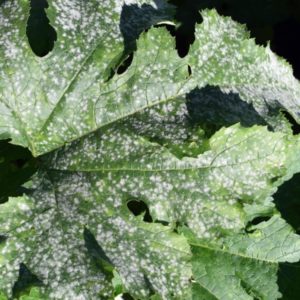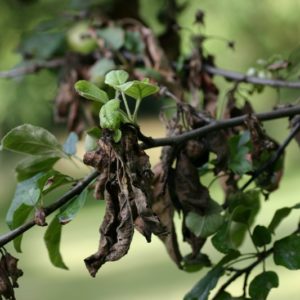Chlorosis is not a disease itself. It is, in fact, a physiological deficiency of plants due in general to a deficiency in minerals or trace elements or to a too high concentration in the soil of active limestone.
The latter hinders or even prevents the roots of the plant from assimilating certain minerals such as iron.
Symptoms: how to recognize chlorosis?

Common symptoms
The symptoms of chlorosis are very characteristic:
- The plant’s growth is slowed down, particularly because of the decrease in photosynthesis and, therefore, chlorophyll.
- There is then yellowing of the leaves. It is localized first between the veins of the limbus, then generalizes over its entire surface.
- The evolution is gradual. The old leaves are the first to be affected; then come the youngest.
Specific symptoms
Depending on the type of deficiency, the symptoms may vary.
- Iron deficiency: Also called iron chlorosis, it manifests itself in the same way as general symptoms. On the other hand, in this case, the veins remain green and only the blade becomes discolored.
- Magnesium deficiency: after turning yellow, the leaves turn brown and then drop off.
- Phosphorus deficiency: again, the leaves turn brown. Besides, if the plant has fruits, they become deformed.
- Nitrogen deficiency: the leaves become completely discolored. This time, it is the veins that become discolored more than the leaf blade.
Which plants are the most affected?
All plants can be affected. However, acid-loving plants (such as azaleas, hydrangeas, rhododendrons, etc.) or calcifuges ( roses, for example) are a little more sensitive than others’ requirements on nature of the soil. They are therefore more easily affected by ferric chlorosis because of too much lime in the soil.
Prevention of chlorosis

Ideally, if you can, do a soil test in your garden to prevent chlorosis. You will thus be able to know if your soil contains too much limestone or if it is deficient in minerals and trace elements essential for photosynthesis (magnesium, potassium, zinc, nitrogen, phosphorus, iron, etc.).
Smart tip: some garden centers can carry out this soil analysis. Do not hesitate to inquire with one of them.
Iron chlorosis is the easiest to prevent. It is sufficient to maintain a pH below 6.5. To do this, you can:
- Apply a thick layer of maritime pine bark which will maintain the acidity of the soil as it decomposes;
- Use rainwater to water your plants (this advice is all the more important if you live in an area where the water is very hard).
Treatment of chlorosis

General case: plants in the ground
When the causes of chlorosis are determined, there are several ways you can take action:
- If it is a lack of nitrogen, apply organic manure such as dried blood or bone powder in early spring.
- In the event of ferric chlorosis, apply iron chelate in March – April, just before revegetation.
- Generally speaking, a leaf that fades chlorosis treatment adds compost increases the iron, zinc, and nitrogen content in the soil.
Special cases: potted plants
This situation is probably the easiest to manage. Indeed, the problem being related to the soil’s nature, chlorosis, is perhaps the sign that it is time to change your plants’ substrates.
If you have recently repotted your plants and they are still subject to chlorosis, the easiest way is to follow the treatment advice for plants in the ground.
Alternatively, add a regular fertilizer rich in minerals and trace elements. You can also water with an anti-chlorosis product.
Smart tip : A grandmother’s remedy for chlorosis (especially iron chlorosis) is to embed rusty objects into the earth.
